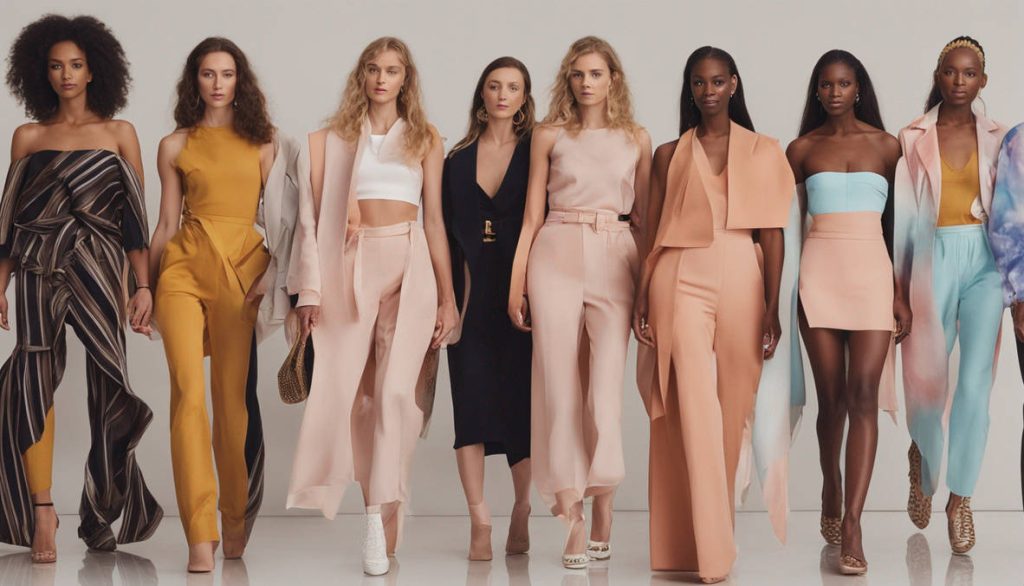Gingham fabric is a timeless and versatile textile that has been a staple in fashion, home decor, and various other applications for centuries. Known for its distinctive checked pattern, gingham is a medium-weight balanced plain-woven fabric typically made from cotton or a cotton blend. Its classic design and durability have made it a popular choice for everything from clothing to tablecloths. In this article, we’ll explore the history of gingham fabric, its uses, and how to care for it to ensure its longevity.
History of Gingham Fabric
The origins of gingham fabric uk can be traced back to the 17th century, when it was first introduced in Southeast Asia, particularly in Malaysia and Indonesia. The word “gingham” is believed to have been derived from the Malay word genggang, meaning “striped.” Initially, gingham was a striped fabric, but over time, it evolved into the checked pattern we recognize today.
Gingham gained popularity in Europe during the 18th century, particularly in England and France. It was initially produced in the town of Manchester, England, which was a hub for textile manufacturing during the Industrial Revolution. The fabric was prized for its affordability, durability, and ease of production, making it accessible to people of all social classes.
In the UK, gingham became widely popular in the 19th and 20th centuries. It was often associated with rural and rustic lifestyles, frequently appearing in farmhouse kitchens and as a material for children’s clothing. The fabric’s cheerful and simple aesthetic made it a favorite for summer dresses, picnic blankets, and table linens. Iconic figures like Dorothy Gale from The Wizard of Oz, who wore a blue gingham dress, further cemented gingham’s place in popular culture.
Today, gingham remains a beloved fabric, often seen in both vintage and modern designs. Its timeless appeal has allowed it to transcend trends, making it a perennial favorite in the world of textiles.
Characteristics of Gingham Fabric
Gingham is easily recognizable by its checkered pattern, which is created by weaving dyed and undyed yarns together. The checks are usually small to medium in size and come in a variety of colors, though the most traditional combinations are white paired with another color, such as blue, red, or pink.
Key characteristics of gingham fabric include:
Material: Gingham is most commonly made from cotton, but it can also be found in blends with polyester or other synthetic fibers. Cotton gingham is soft, breathable, and lightweight, making it ideal for warm-weather clothing.
Weave: Gingham is a plain-woven fabric, meaning the threads are woven in a simple over-and-under pattern. This gives the fabric a balanced structure and a slightly textured feel.
Pattern: The checkered pattern is created by weaving colored and white threads in both the warp (lengthwise) and weft (crosswise) directions. This results in a two-toned design that is the same on both sides of the fabric.
Durability: Gingham is known for its strength and resistance to wear and tear, making it a practical choice for everyday use.
Uses of Gingham Fabric
Gingham’s versatility has made it a popular choice for a wide range of applications. Here are some of the most common uses of gingham fabric:
Clothing: Gingham is a favorite for making summer dresses, skirts, shirts, and blouses. Its lightweight and breathable nature make it perfect for warm-weather attire. The fabric is also commonly used for children’s clothing due to its playful and cheerful appearance.
Home Decor: Gingham is widely used in home textiles, such as tablecloths, napkins, curtains, and pillow covers. Its classic pattern adds a touch of charm and nostalgia to any space.
Accessories: Gingham is often used to make accessories like headbands, scarves, and tote bags. Its vibrant patterns can add a pop of color to any outfit.
Crafts: Gingham’s easy-to-work-with nature makes it a popular choice for DIY projects, such as quilting, sewing, and embroidery.
Event Decor: Gingham is a popular choice for outdoor events like picnics, weddings, and garden parties. Its rustic and cheerful vibe makes it ideal for creating a festive atmosphere.



